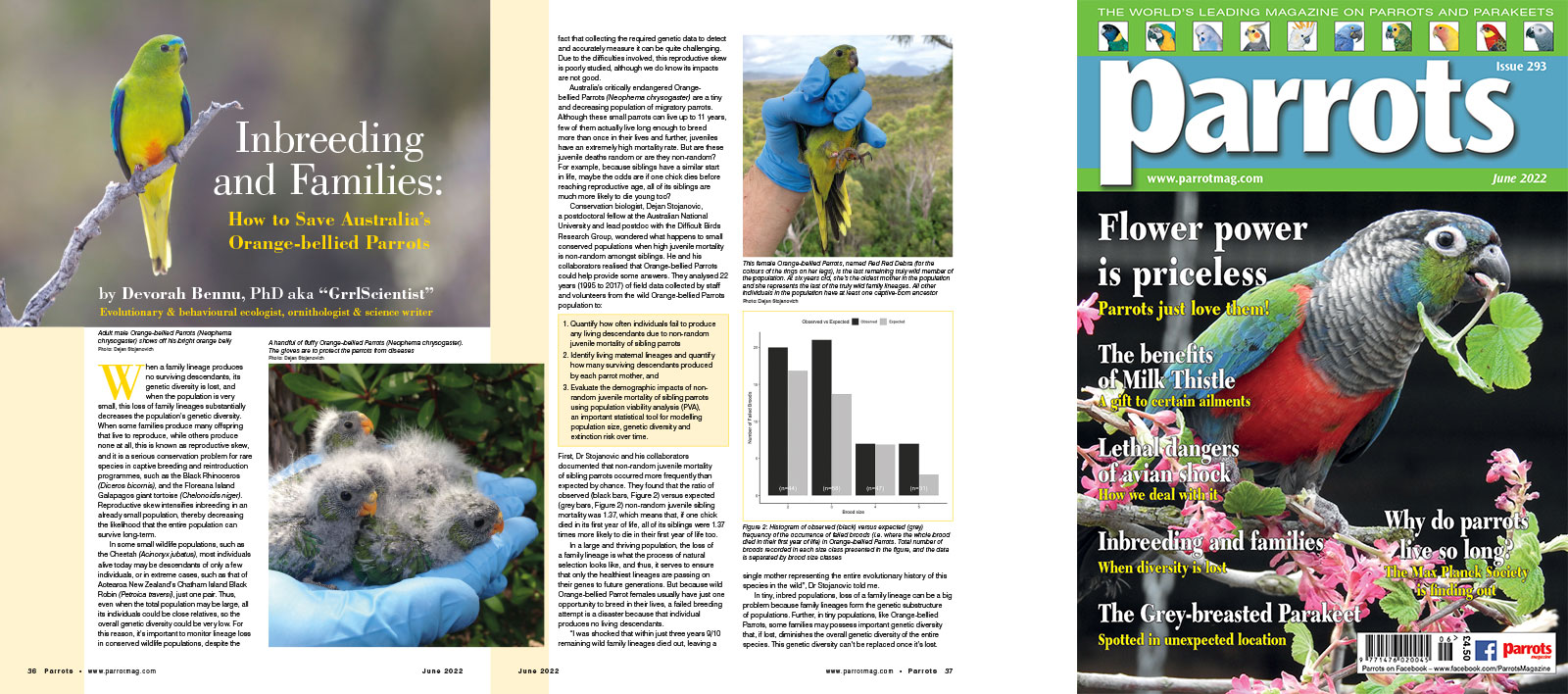
by Devorah Bennu, PhD aka “GrrlScientist”
When a family lineage produces no surviving descendants, its genetic diversity is lost, and when the population is very small, this loss of family lineages substantially decreases the population’s genetic diversity. When some families produce many offspring that live to reproduce, while others produce none at all, this is known as reproductive skew, and it is a serious conservation problem for rare species in captive breeding and reintroduction programmes, such as the Black Rhinoceros (Diceros bicornis), and the Floreana Island Galapagos giant tortoise (Chelonoidis niger). Reproductive skew intensifies inbreeding in an already small population, thereby decreasing the likelihood that the entire population can survive long-term.
In some small wildlife populations, such as the Cheetah (Acinonyx jubatus), most individuals alive today may be descendants of only a few individuals, or in extreme cases, such as that of Aotearoa New Zealand’s Chatham Island Black Robin (Petroica traversi), just one pair. Thus, even when the total population may be large, all its individuals could be close relatives, so the overall genetic diversity could be very low. For this reason, it’s important to monitor lineage loss in conserved wildlife populations, despite the fact that collecting the required genetic data to detect and accurately measure it can be quite challenging. Due to the difficulties involved, this reproductive skew is poorly studied, although we do know its impacts are not good.
Australia’s critically endangered Orange-bellied Parrots (Neophema chrysogaster) are a tiny and decreasing population of migratory parrots. Although these small parrots can live up to 11 years, few of them actually live long enough to breed more than once in their lives and further, juveniles have an extremely high mortality rate. But are these juvenile deaths random or are they non-random? For example, because siblings have a similar start in life, maybe the odds are if one chick dies before reaching reproductive age, all of its siblings are much more likely to die young too?
